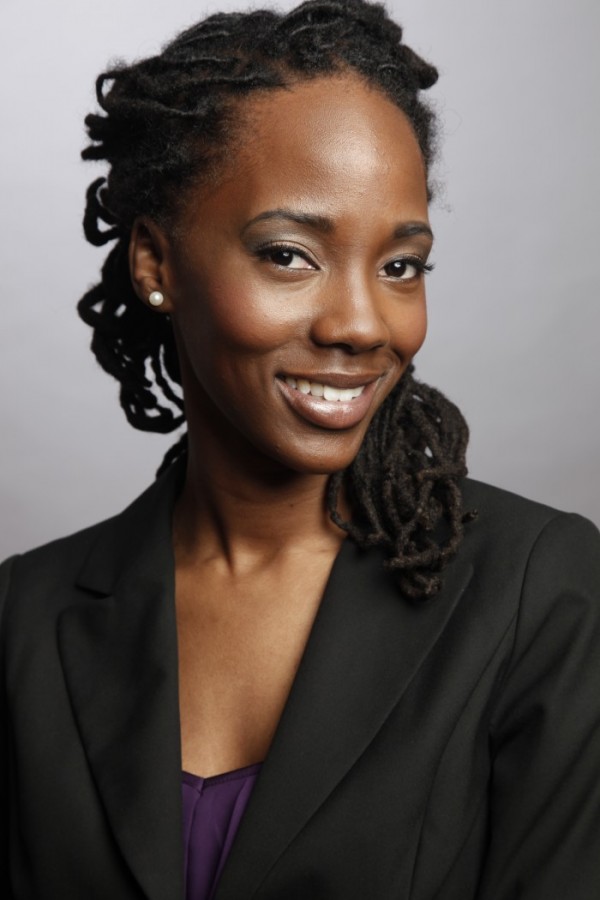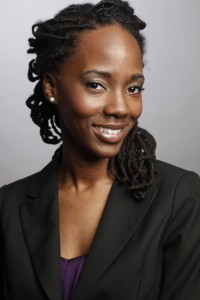Over the years, diversity has had an identity crisis. It has experienced its fair share of definitions and ups and downs among fragmented industries and advocacy groups. Many wanted to claim diversity as part of their entity yet didn’t fully comprehend what it even meant.
That’s all about to change, and here’s why: the new public relations professional defines everything that diversity is and is poised to set the tone for organic diversity for generations to come. The younger demographic of communications professionals has grown up in a culture of inclusivity almost unbeknownst to them. To this generation, diversity has come naturally.
We owe this in large part to those advocates before us who have laid the foundation for this innate receptiveness towards diversity. We also witnessed right before our eyes the transformation of America’s population – watched as its minority population became a majority and how large and small companies alike began recognizing them as consumers. Moreover, perhaps it was also our parents or our government who early on instilled in us that everyone is created equal.
For whatever reason, our generation is different, and new professionals are at the forefront of this change. So what does this mean for PR professionals? It means that we are charged with carrying on this diversity torch throughout the entire course of our careers. To do that, we must think of diversity in a different light than what we’ve been accustomed to thinking.
Diversity is defined as being of a different kind, form, character, etc. So, in a way, aren’t we all diverse? Our race, ethnicity, age and gender are only a small and superficial portion of what make us unique. The true value of diversity lies not in identifying, isolating or targeting the diverse, but in aiming towards total inclusivity of everyone’s ideas.
Diversity is a proven success factor across a wide range of industries. In a recent article on The Atlantic, an executive from Etsy, an online marketplace for handmade goods, said that their efforts to attract more women to the company resulted in overall more tight-knit and vocal team.
“The men who come into our organization who are excited about the fact that we have diversity as a goal are generally the people who are better at listening, they’re better at group learning, they’re better at collaboration, they’re better at communication,” said Kellan Elliott-McCrea, chief technology officer, Etsy.
Imagine what such a thing does for PR professionals – to not just boast diversity in our strategic outreach plans, but to embody it from within our organizations. This trend will ensure that all the publics with whom we communicate are heard. It’s up to new professionals to create the PR campaign that once and for all ends the identity crisis that has plagued diversity in the past.
 Carolina Madrid is vice president of diversity for PRSA and director of programs for PRSA San Francisco Chapter. She works in the Corporate/Financial Practice of Burson-Marsteller in San Francisco, where she advises clients on mainstream and Hispanic market media strategy.
Carolina Madrid is vice president of diversity for PRSA and director of programs for PRSA San Francisco Chapter. She works in the Corporate/Financial Practice of Burson-Marsteller in San Francisco, where she advises clients on mainstream and Hispanic market media strategy.





